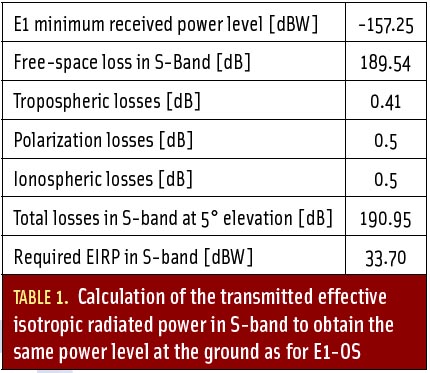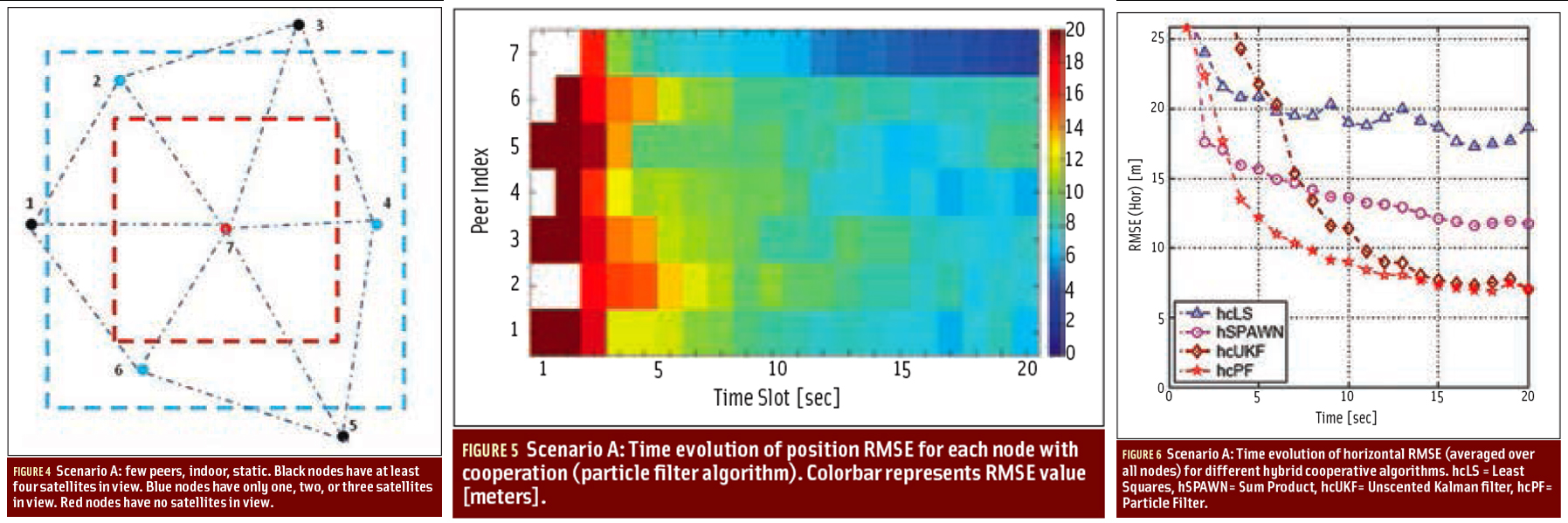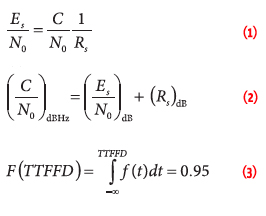First I thought to title these comments, “Learn from the People,” but readers might have confused me with Chairman Mao. (I spent some time recently around the Yangtze River, although I didn’t take the opportunity to swim in it as the Great Helmsman did.)
In any case, my thoughts turned toward the masses and the mass market as a result of working with the authors of an article in this issue on cooperative authentication. They have extended a chain of innovative proposals drawing on the crowdsourcing concept of data sharing among nearby GNSS users or “peers.”
First I thought to title these comments, “Learn from the People,” but readers might have confused me with Chairman Mao. (I spent some time recently around the Yangtze River, although I didn’t take the opportunity to swim in it as the Great Helmsman did.)
In any case, my thoughts turned toward the masses and the mass market as a result of working with the authors of an article in this issue on cooperative authentication. They have extended a chain of innovative proposals drawing on the crowdsourcing concept of data sharing among nearby GNSS users or “peers.”
Beginning several years ago, Phil Ward, Logan Scott, and others have championed the idea of implementing GNSS jam-to-noise ratio detectors in mobile phones and sharing that data to create RF interference situational awareness.
Now a team from the University of Illinois at Urbana Champaign has suggested something similar to the even more challenging task of spoofing detection and authentication of GNSS position and time.
In our “Human Engineering” features, we always ask our profile subjects, “What GNSS product, application, or engineering innovation would you most like to see?” Practical crowdsourcing applications are something that I would really like to see for GNSS.
After all, lots of folks are jumping on the “Big Data” bandwagon made possible by mobile devices (including the National Security, Department of Justice, and Drug Enforcement Administration) — why shouldn’t we?
Gaming GNSS is in its infancy and poses an enormous temptation to malfeasance. (Odd, isn’t it, how one of the measures that a technology has truly “arrived” is when it begins being put to undesirable uses.)
Finding “practical” solutions will be the tricky part. Academicians, engineers, and researchers can develop the algorithms, flesh out the concepts, and show the way to solutions. But it will take a government mandate or commercial adoption of the idea to make it happen in the real world.
Now, the U.S. government is probably never going to invest the resources to find a real solution to interference (and spoofing) detection and mitigation (IDM), despite a nine-year-old presidential directive to do so. It’s just too expensive, especially as the prevailing IDM models involve designing and building complex, nationwide infrastructures.
Tapping into the collective data-generating power of the masses, on the other hand, spreads the cost over millions of users — in fact, if it rides on the back of revenue-producing applications, an IDM solution could be virtually free.
To get there, however, will require it to be built into consumer devices, and that’s really an issue for handset hardware software designers, not GNSS manufacturers. Can Microsoft/Nokia, Google/Motorola, Apple, and Samsung, and others be persuaded to sign up?
The enhanced 911-to-location-based services experience in the United States showed how a mandate can lead to widespread adoption and profits as well. But consumer-driven, industry-led implementation typically is much quicker and less painful.
The benefits of crowd-sourced GNSS IDM need to be cast in a form that makes the capability attractive to the general population and cost-effective to manufacturers. The 3rd Generation Partnership Project (3GPP), which wrote broadly accepted specifications that enabled global interoperability of mobile phones, provides a good example of how this can be done.
“Interoperability” has become a buzzword among GNSS providers, but wouldn’t it be refreshing if it became a reality through the demands of GNSS users.





